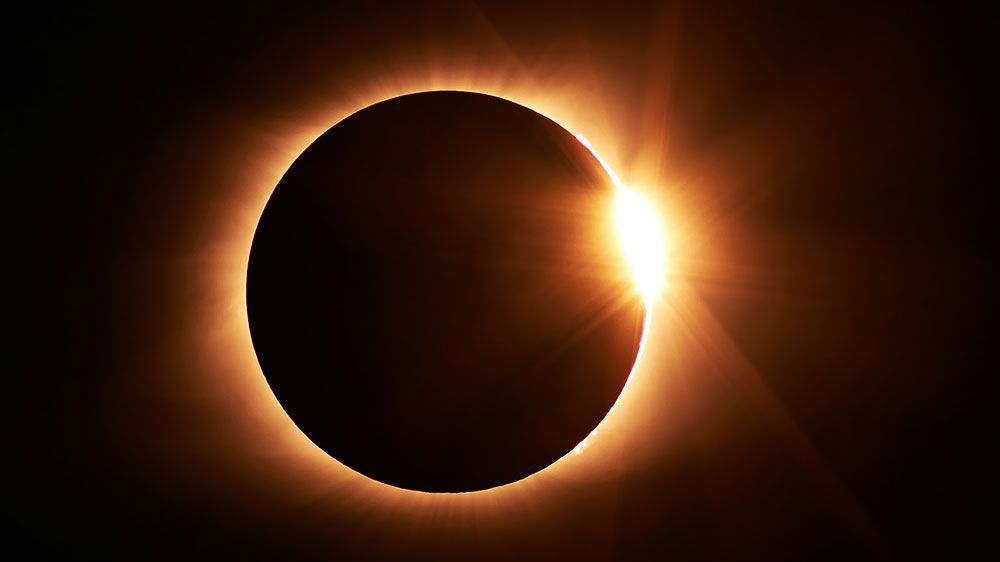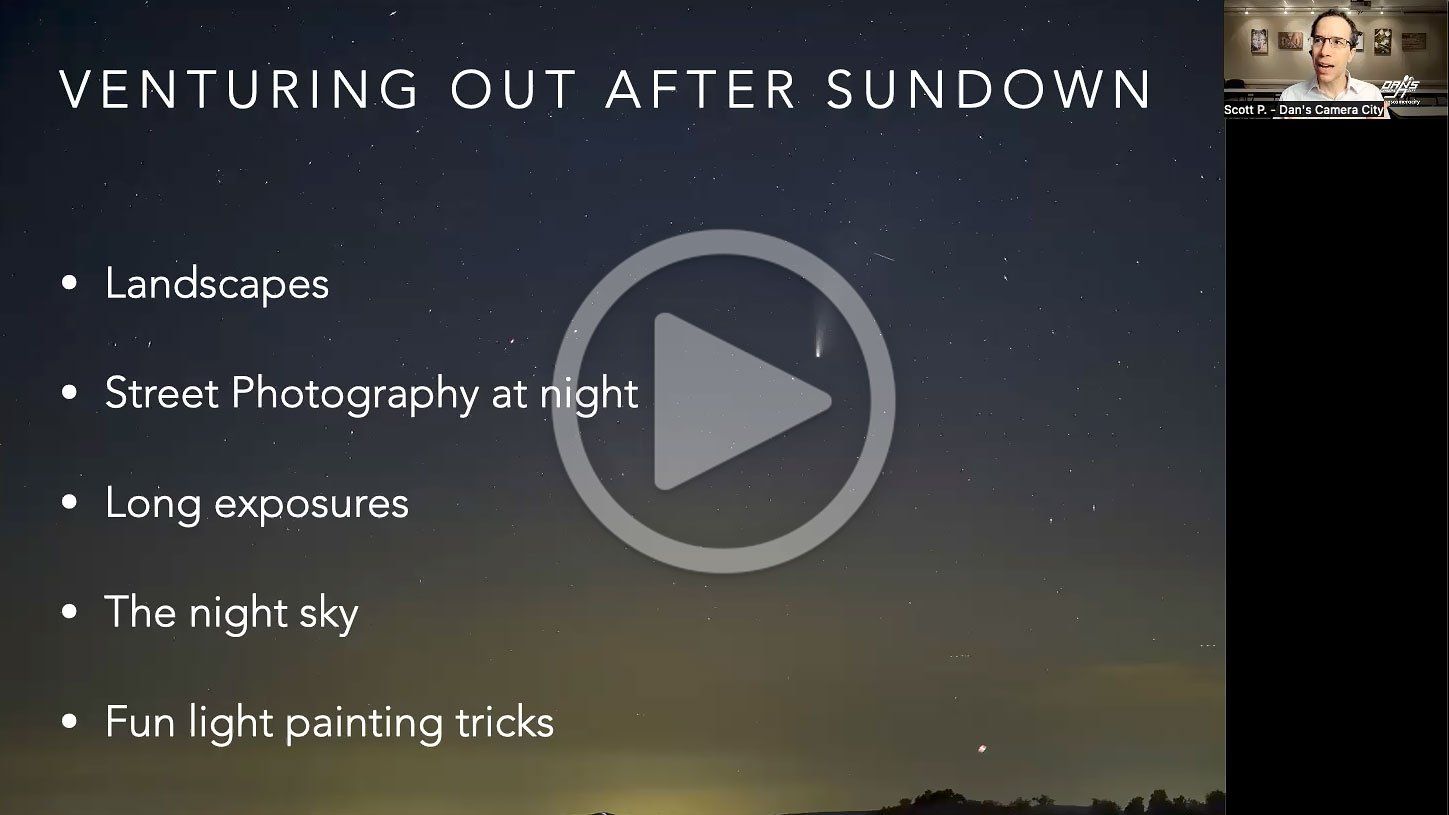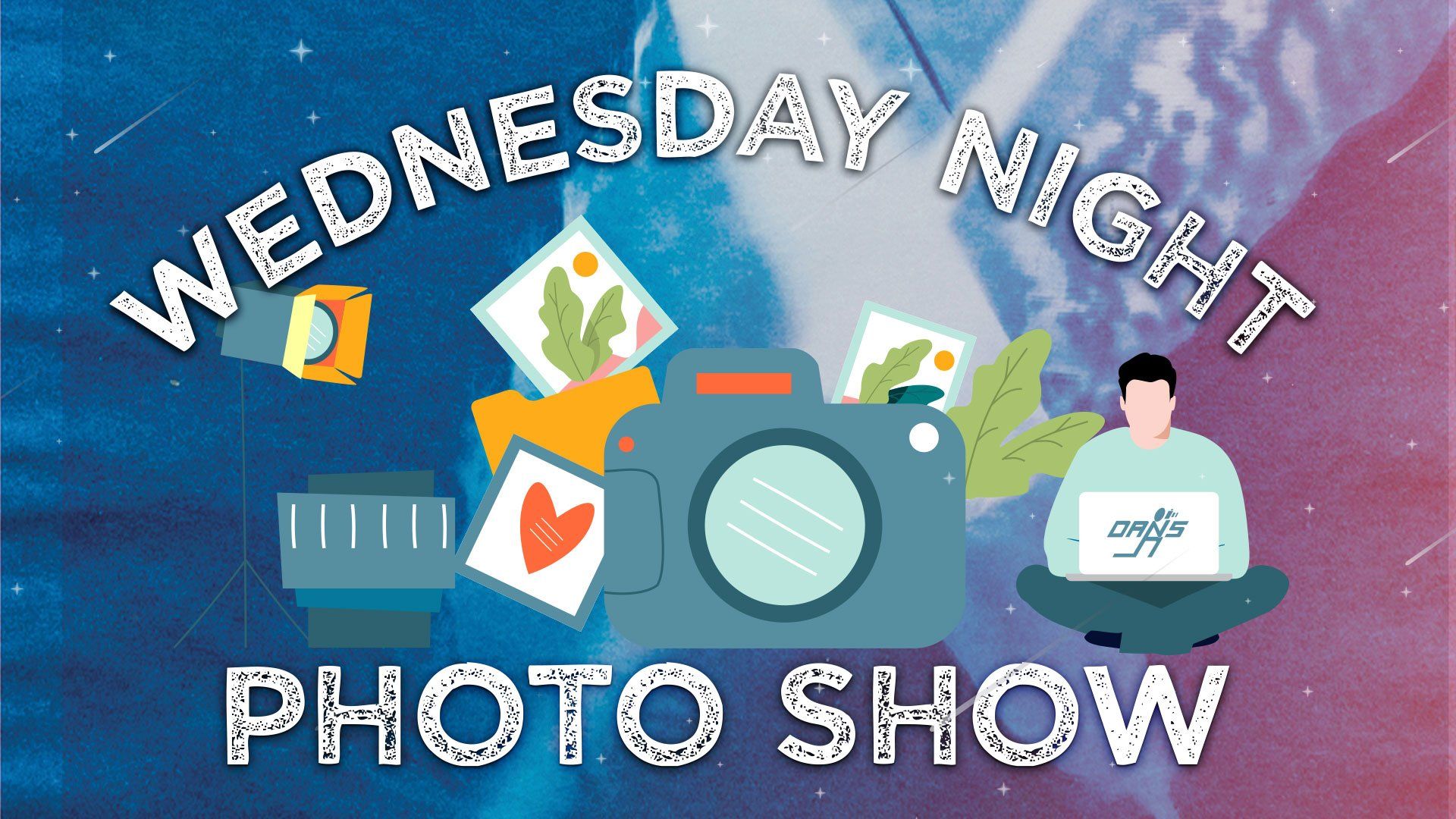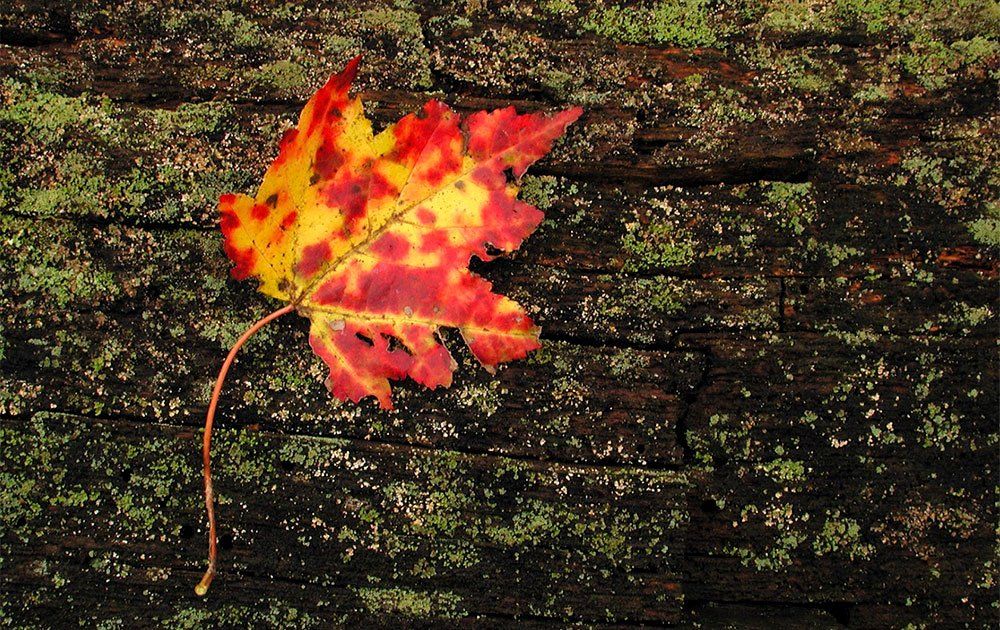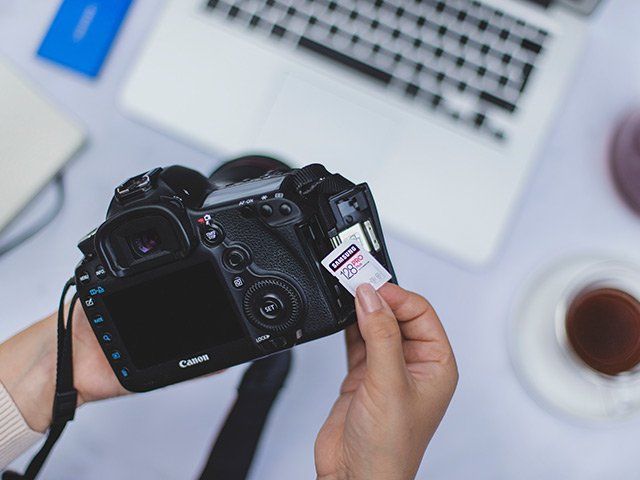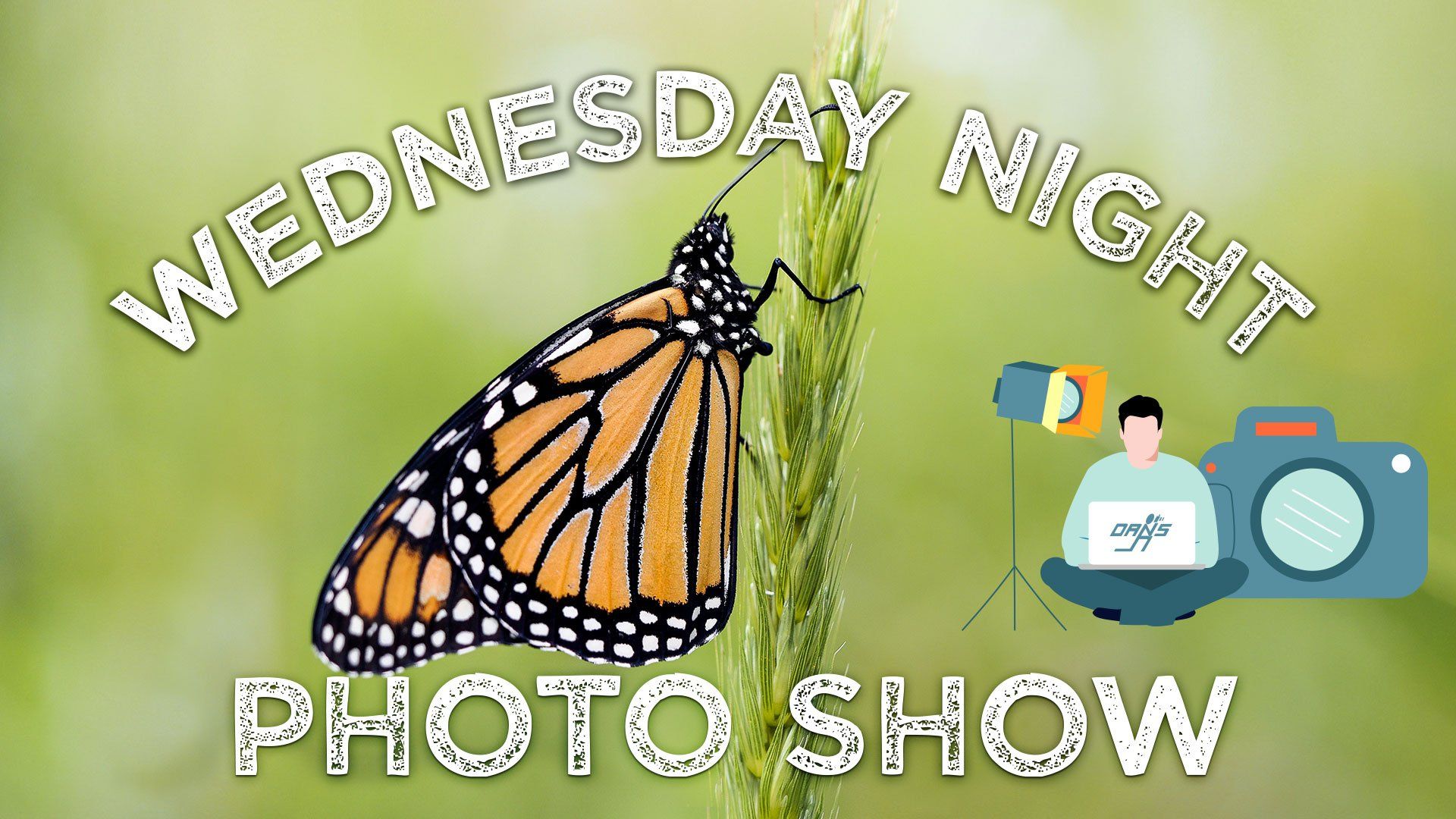Photographing Holiday Lights: The Basics
Some people think that you need an expensive camera or an elaborate setup to photograph holiday lights, but in truth you can work wonders with a standard point-and-shoot and a little knowledge of how to balance the light.
Flash Not Necessary...
When it comes to photographing the season’s lights, the lights themselves are all you need for proper illumination. A flash can easily overpower the scene and create a washed-out effect. The holiday lighting is more than capable of standing on its own and actually shines better when left alone.
...but sometimes you need it
Most of the time, you'll turn the flash off. But if you want to take pictures of people along with your lights, you'll need to use flash. Just make sure you use your camera's Night Portrait Mode. That will tell the camera to use the flash to light up your subject, but keep the shutter open long enough to correctly expose the lights in the background, too.
Start Early to Include Ambient Light
Photographing holiday lights means keeping track of the fading daylight as the sun sets. You’ll get the best results photographing lights before it gets dark. During the dusk period, you’ll find a nice balance of diminishing ambient light contrasting with the holiday lights, which means you’ll be able to see more objects in the background.
And there’s another benefit to starting early- by the time it gets dark enough enough to look good to your eye, it’s already too dark for the best results from your camera. So take your pictures first, then relax and enjoy the lights as the last bit of twilight fades away.
Try Tungsten
Set your custom white balance to tungsten, just as you would if you were photographing something indoors without using a flash. That will push the whole picture toward the blue end of the spectrum, creating images with a nice color contrast between the warm lights and the cool sky and background.
Bring Your Tripod
Using a tripod is especially important for shooting holiday lights. It will provide the stability that’s critical for low-light photography, and will keep your shot properly framed as you continue shooting as the evening light transitions to black.
Take Ten Shots (Over Ten Minutes)
Once you have everything set, begin taking a photograph every minute or so over a 10-15 minute period. Your eyes may not register the gradual changes, so track the time with your watch or cell phone. You’ll see the shift in evening lighting as you scroll though your shots.
There’s no one right answer when it comes to photographing holiday lights, and that’s a good thing! Every situation is different, so feel free to apply these tips and then experiment based upon the results. There are few things more fun than an impromptu holiday photo safari, so grab your gear a bit before twilight and enjoy the experience!
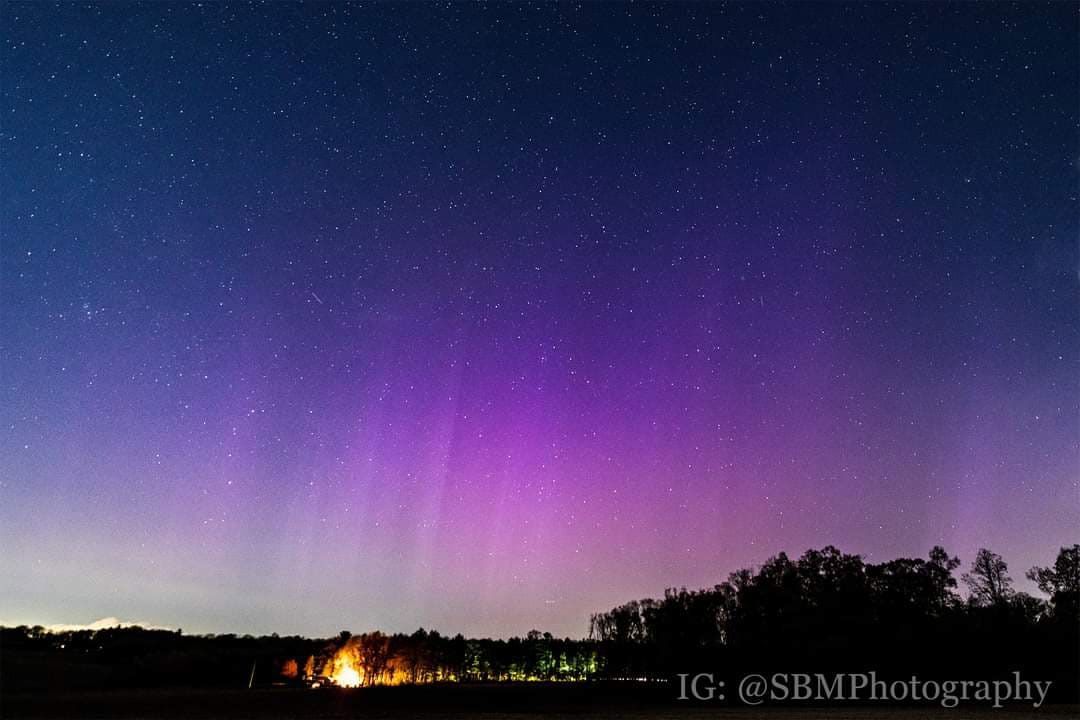
USEFUL LINKS
Dan's Camera City. All Rights Reserved








